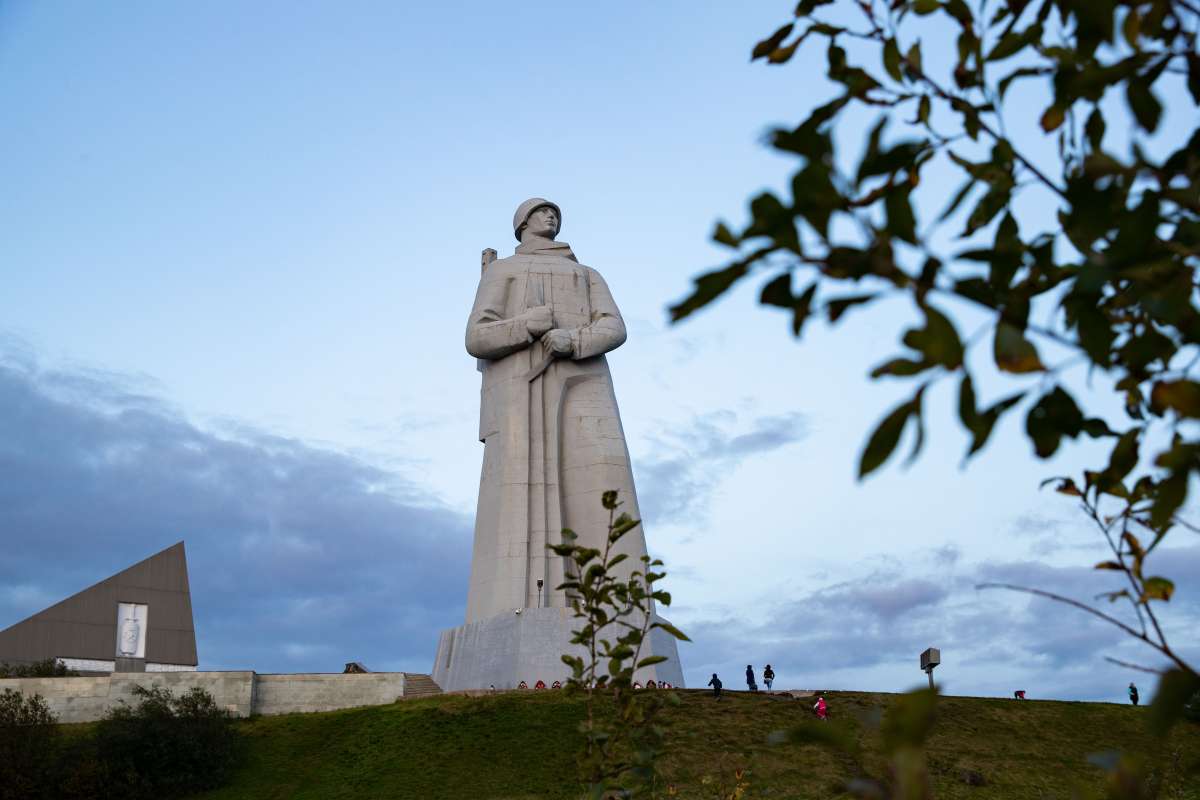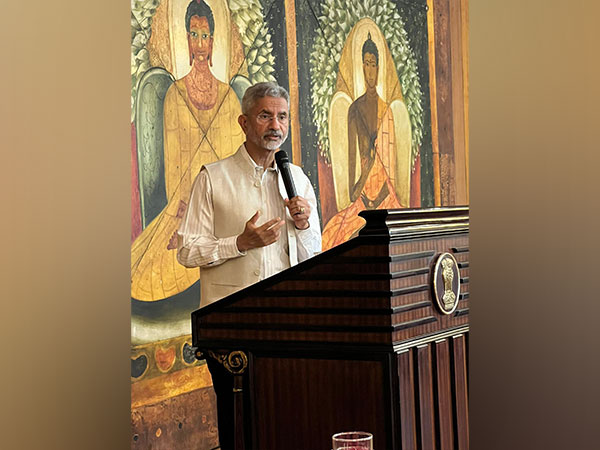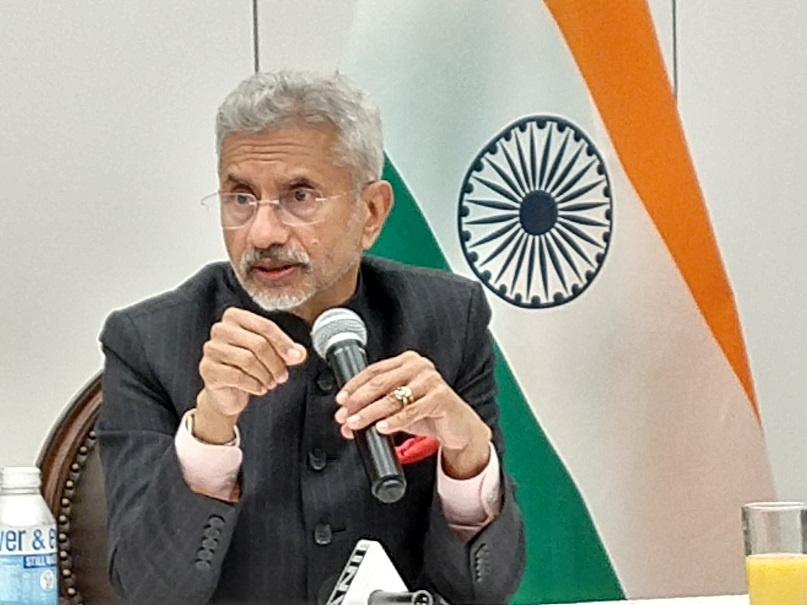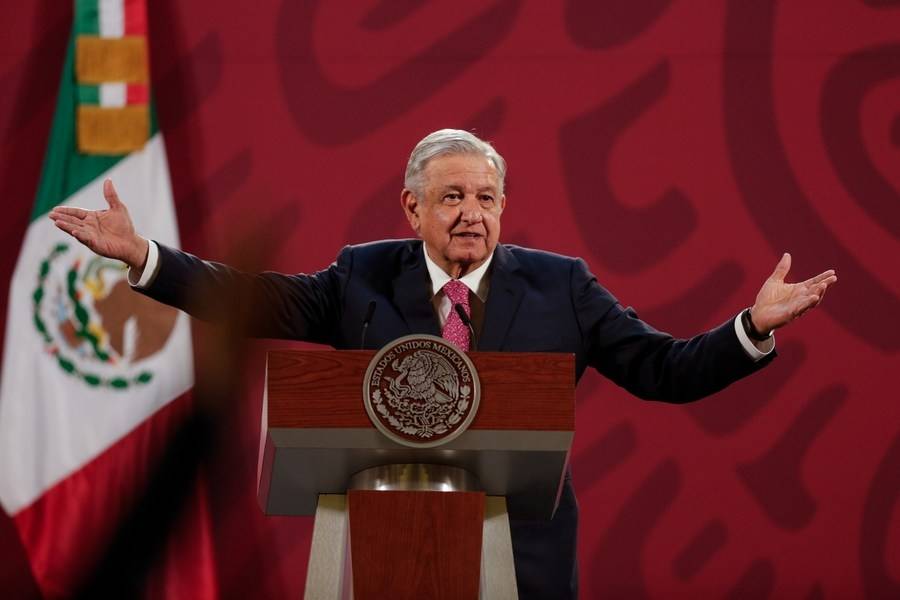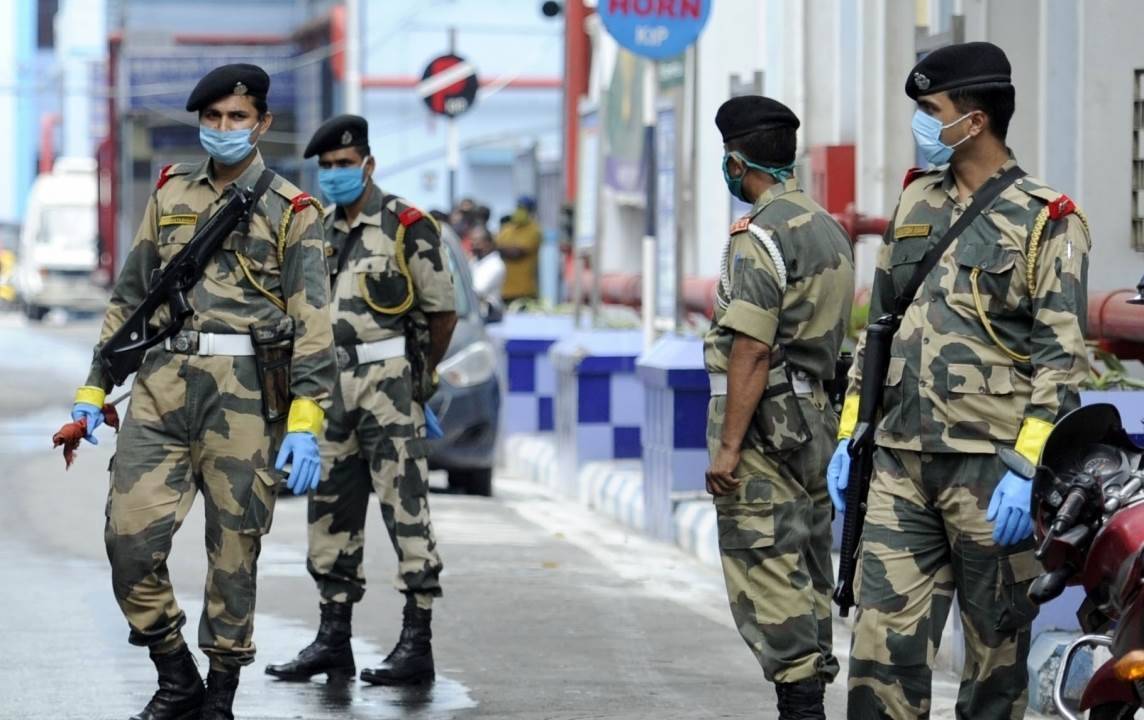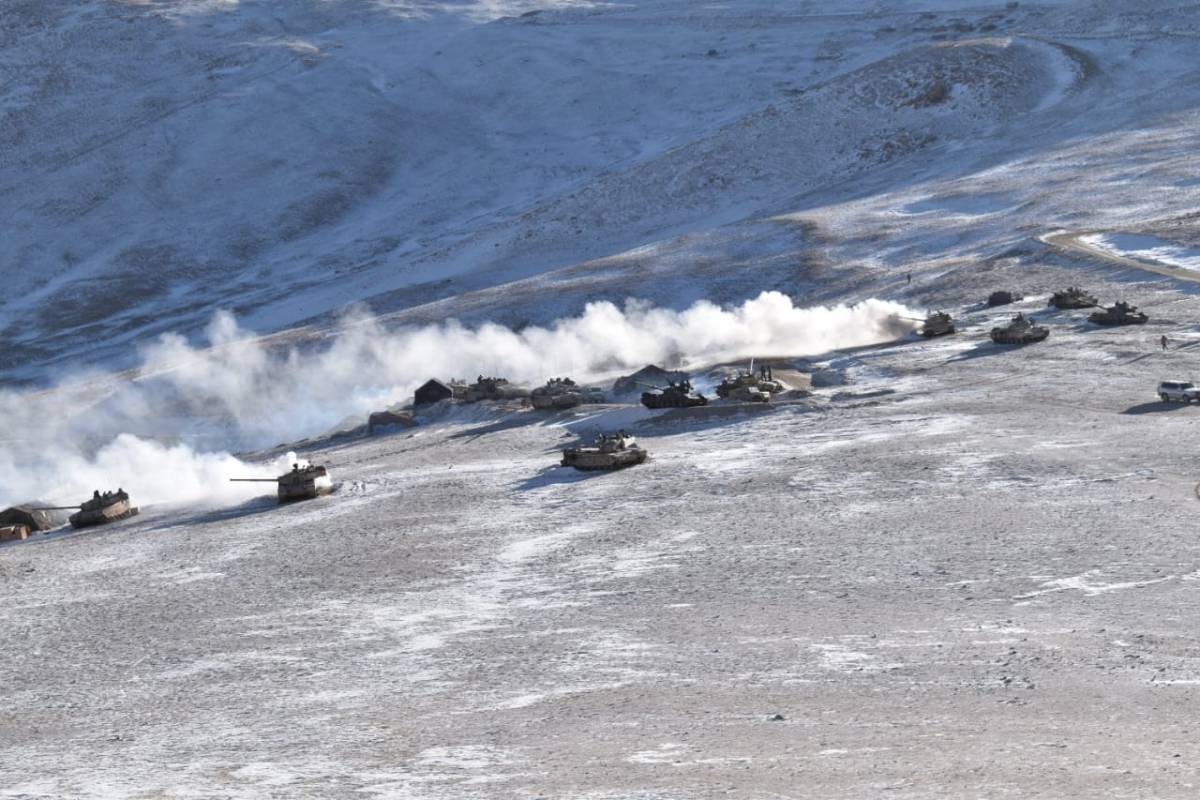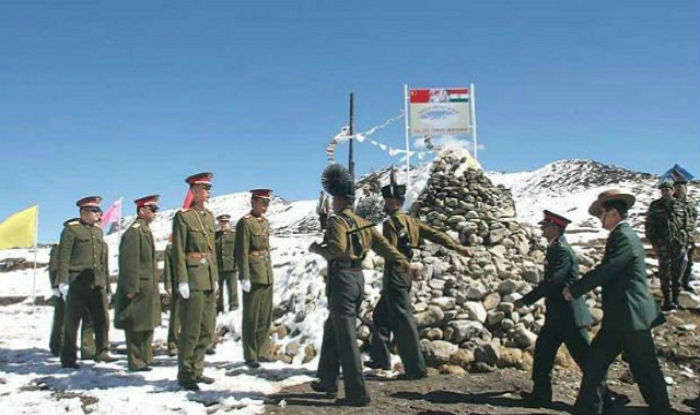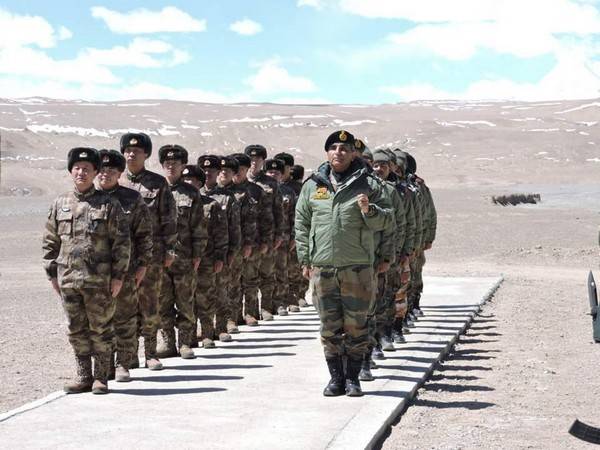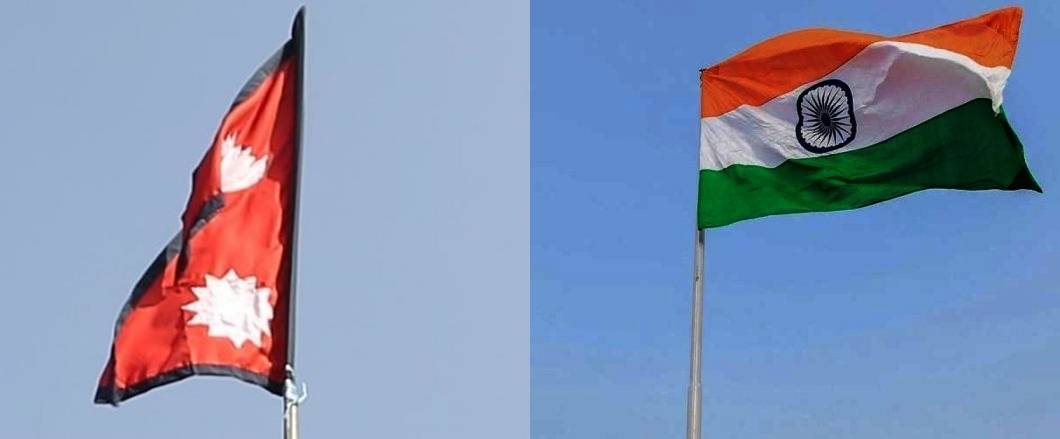In an interaction with mediapersons, the foreign minister said that there has been progress on key tension points between the two countries in the last three years…reports Asian Lite News
Border talks between India and China have not been “halted” and both the countries “have made progress on key tension points in the last three years”, External Affairs Minister S Jaishankar said on Monday.
In an interaction with mediapersons, the foreign minister said that there has been progress on key tension points between the two countries in the last three years.
He further informed that another meeting on the border talks will be held soon. “India-China border talks not halted, meeting will be held soon,” Jaishankar said.
India and China have time and again faced border disputes and they date back to 1962. The most recent clash was in June 2020, when Indian and Chinese troops engaged in a brawl in the Galwan Valley. Both countries have been holding several rounds of military-level talks to solve issues in the border regions.
On April 23 this year, the 18th round of India- China Corps Commander Level Meeting was held at the Chushul-Moldo border meeting point on the Chinese side.
Jaishankar today said that over the last nine years the Prime Minister Narendra Modi-led government has been “significantly enhancing border infrastructure, including in the areas along Northern frontier”.
“Post 2014, when there is big push on border infrastructure, contestation and patroling has increased from the Chinese side,” said Jaishankar.
The foreign minister said that India is in talks with Bhutan for railway connectivity with Assam.
“We are in talks on the Rail link between Bhutan and Assam, Bhutan is very keen to open more points for tourists and it is very good for Assam,” Jaishankar said.
Meanwhile, on talks between Bhutan and China, Jaishankar said, “…they are having negotiations, and 24 rounds have been completed. They will be holding more rounds. We track carefully what affects us. It is for them to determine the pace.”
Speaking on Kailash Mansarovar Yatra, Jaishankar said, “Kailash Mansarovar – Infrastructure is building up, there is a need for a tunnel there, Border Road Organisation (BRO) is working and planning it. But, there is no signal from China on coming back to the old process”.
Terming the Myanmar Trilateral highway a “big challenge” due to the prevailing law and order situation there Jaishankar said India has to engage with authorities in Myanmar to complete the project and to get access of the Sittwe port.
“The border situation with Myanmar is challenging. Sittwe Port is operational, and we are hopeful to conclude the coastal shipping agreement this year. Myanmar Trilateral highway is a big challenge due to the law and order situation. We are engaging with Myanmar authorities to meet challenges,” Jaishankar said.
The External Affairs Minister also criticised the policy of the past to not develop border areas and said Chinese patrolling along the LAC became stronger from around the 2000s as China built roads and bridges along the frontier.
Jaishankar said India could deploy its troops quickly in 2020 following the border row in eastern Ladakh in view of the construction of roads, bridges and tunnels, and wondered what would have happened if the clashes had taken place in 2014.
He said the Modi government has been intensely focusing on the construction of roads, bridges, tunnels and other infrastructure along the northern border for use by the military as well as to ensure ease of living for people residing in frontier regions.
“The big effort really in respect of China has been to push our border infrastructure much stronger than what we used to have,” he said.
The projected allocation for the Border Roads Organisation (BRO) this year is Rs 14,387 crore as against about Rs 3,782 crore in 2013-14, a four-time increase, the external affairs minister said.
He cited the critical importance of the Darbuk-Shyokh-Daulat Beg Oldie (DSDBO) as well as Umling La pass in the Ladakh sector, adding work has started on a road from Chushul to Demchok in that region.
In Arunachal Pradesh, a 1,800 km-long road will be built at a cost of ₹ 30,000 crore, he added.
“These developments on the ground, in a way, are going to determine the quality of our response to a national security challenge on the northern border,” Mr Jaishankar said.
Rejecting the opposition’s criticism of the government on the eastern Ladakh border row, he said that complexities are involved and both sides are engaged to find solutions.
The Indian and Chinese troops are locked in an over three-year confrontation in certain friction points in eastern Ladakh even as the two sides completed disengagement from several areas following extensive diplomatic and military talks.
“It was said that we will not be able to do anything, talks will not be successful, there will be no progress, disengagement cannot take place. But solutions were found in some of the focal points in the last three years,” he said.
ALSO READ-Tense relations prompt US firms to reduce China imports


